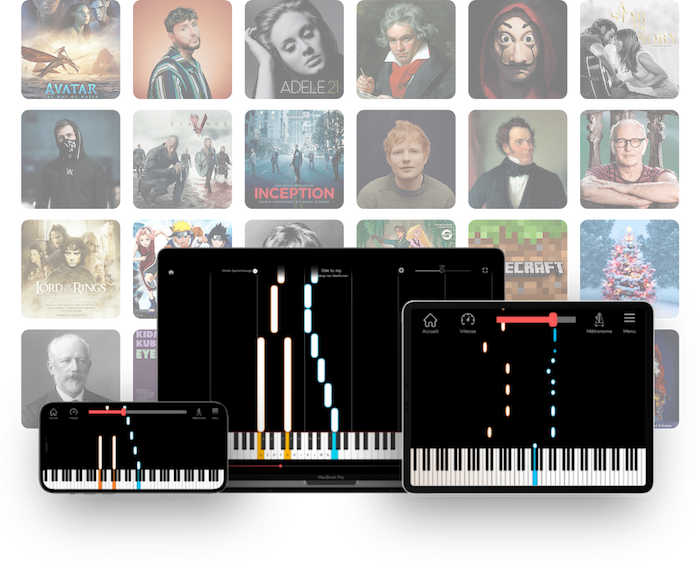
The D# minor chord, with its haunting structure, occupies a special place in musicians’ repertoires. This triad of notes, blending sobriety and emotion, lends itself wonderfully to a variety of musical genres, from blues to jazz, and even rap. Learning this chord offers novice pianists a gateway to enriched, more nuanced musical expression.
That’s why, in this article, we’re going to learn how to play the notes and inversions of the D# minor chord on the piano. To do so, we’ll provide you with images and video tutorials, as well as text indications to help you play each of the notes making up the chord, along with the fingers with which to strike them.
Are you ready? Let’s get started!
Learn chords and more with the La Touche Musicale app
The D# minor chord is a musical harmony composed of a triad of three fundamental notes: D# (the root note), F# (the minor third) and A# (the perfect fifth). This combination produces a dark, introspective sound, typical of minor chords. Prized in many musical styles for its ability to evoke deep emotions, the main function of the D# minor chord is to create melancholic atmospheres in the various musical compositions that use it.
A♯ – Fifth finger (5)
F♯ – Third finger (3)
D♯ – First finger (1)


A♯ – First finger (1)
F♯ – Third finger (3)
D♯ – Fifth finger (5)


Learn chords and more with the La Touche Musicale app
D♯ – Fifth finger (5)
A♯ – Second finger (2)
F♯ – First finger (1)


D♯ – First finger (1)
A♯ – Third finger (3)
F♯ – Fifth finger (5)


F♯ – Fifth finger (5)
D♯ – Third finger (3)
A♯ – First finger (1)


F♯ – First finger (1)
D♯ – Third finger (3)
A♯ – Fifth finger (5)


Learn chords and more with the La Touche Musicale app
To master the D# minor chord on the piano, it’s essential to work on the exercises regularly and rigorously. If you stick to these practice sessions, you’ll make rapid progress and be able to play this chord in all circumstances.
You can also use our piano learning app to help you get to grips with practical notions such as fingering, precision and fluidity.
Here are a few exercises to work on each week to help you progress:
From the opera Porgy and Bess, this famous melody can be arranged in a variety of keys, including D# minor, to explore its underlying melancholy.
This track by the iconic rock band uses minor chords to create its dark, introspective mood, and arrangements can be made to explore its D# minor theme.
This monument to classical piano music illustrates the use of the minor key equivalent to D# minor (E flat minor), demonstrating the ability of this chord to convey profound emotions.
The D# minor chord, with its introspective and melancholy character, is a triad that offers many interesting musical possibilities on the piano. Whether through targeted exercises, the interpretation of varied songs, or creative improvisation, the D# minor chord will enrich your musical vocabulary, enabling you to communicate complex and nuanced emotions in your piano playing.
We hope you have found this article useful, and that it has given you some ideas on how to improve your piano playing through the discovery of the D# minor chord.
Don’t forget that you can also perfect your chord mastery with your favorite songs on our interactive app.
It’s a triad made up of a root note, a third and a fifth.
A♯ – Fifth finger (5)
F♯ – Third finger (3)
D♯ – First finger (1)
D♯ – Fifth finger (5)
A♯ – Second finger (2)
F♯ – First finger (1)
F♯ – Fifth finger (5)
D♯ – Third finger (3)
A♯ – First finger (1)
La Touche Musicale is a popular app specialized in piano learning. You can register for free and learn to play your favorite songs with this chord and many others.
You can use our La Touche Musicale app or browse our blog category to learn how to play all the popular piano chords.
Help democratize piano learning by sharing this article:
Learn to play all the chords to your favorite songs on the piano




La Touche Musicale offers powerful AI apps to help you learn, play, and transcribe music effortlessly. Discover them below.
Ideal for: solo piano

Transcribe your piano pieces to sheet music with unrivalled precision.
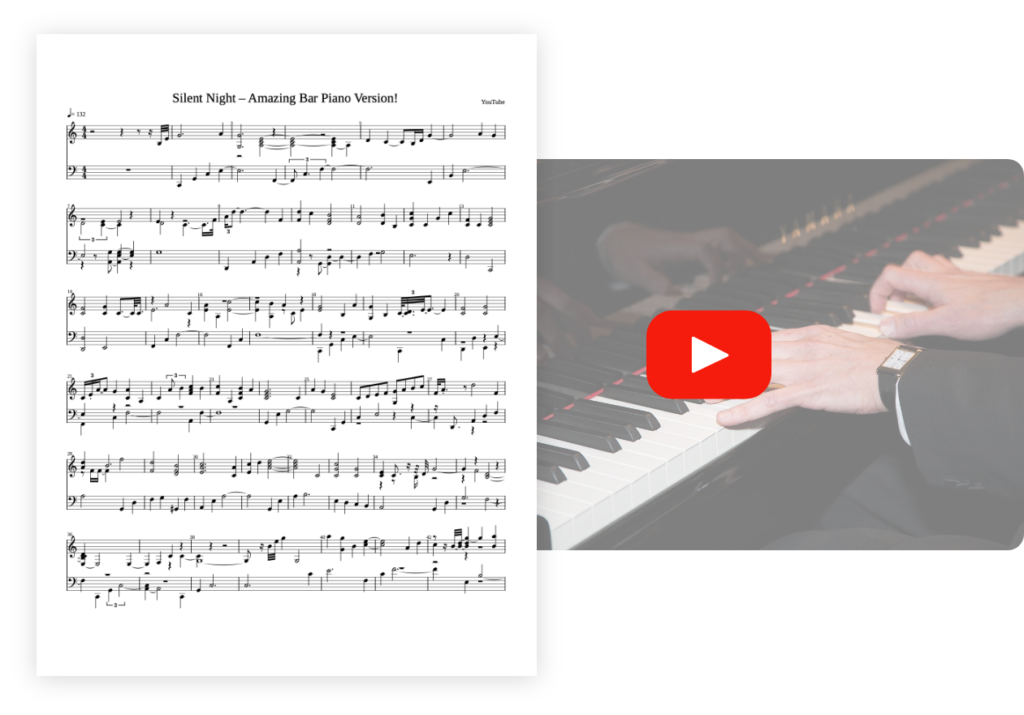
Ideal for: solo guitar

Transcribe your guitar tunes into tablature with unrivalled precision.
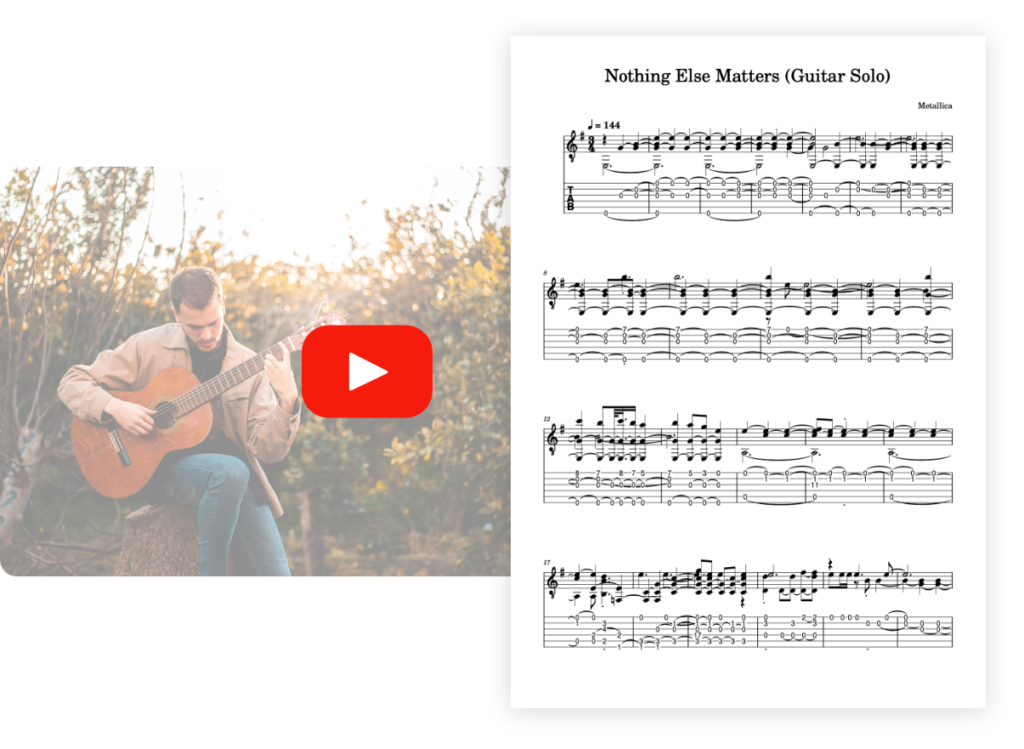
Ideal for: solo vocals

Transcribe your vocal recordings into sheet music with unrivalled precision.
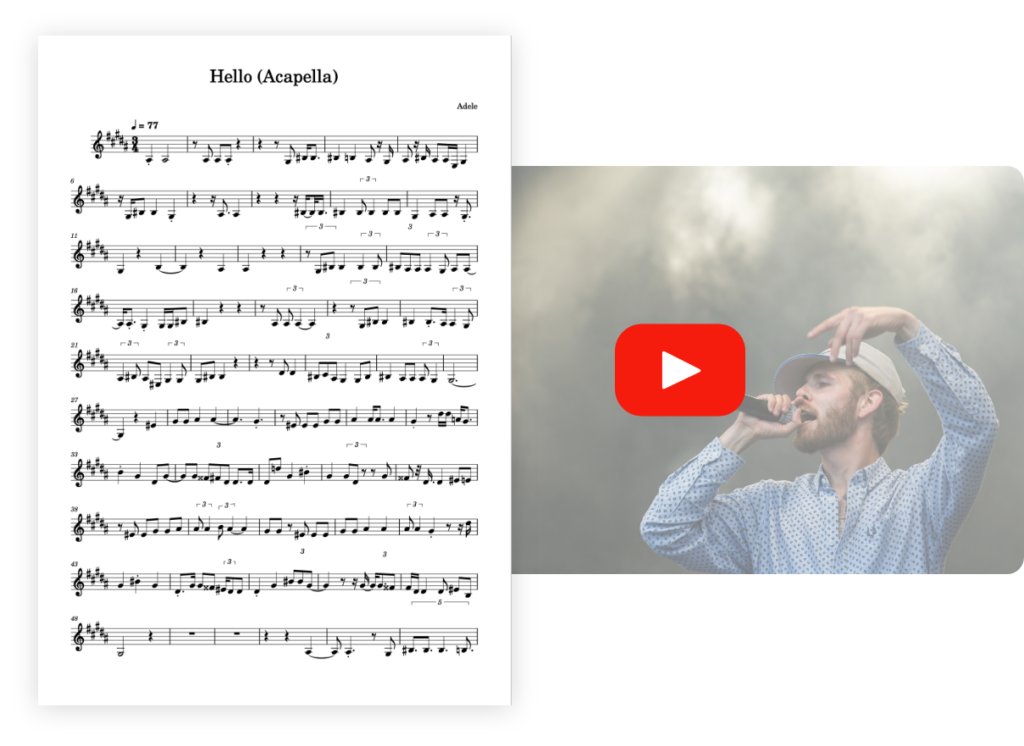
Ideal for: multi-instruments

Transcribe your multi-instrument tracks into sheet music with unrivalled precision.
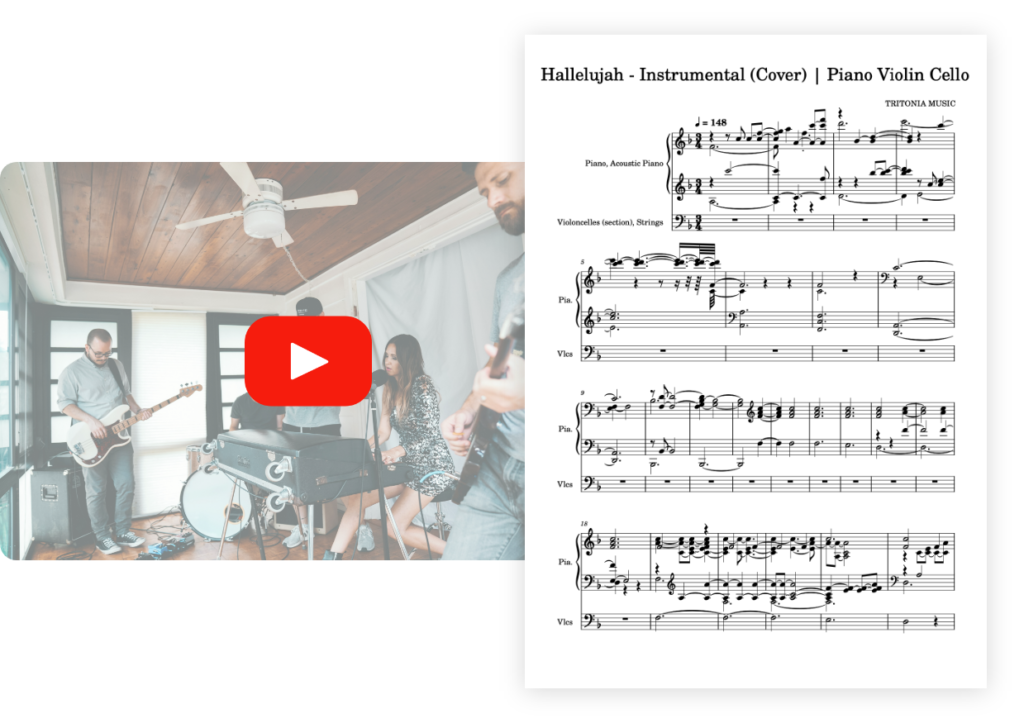
Ideal for: solo drums

Transcribe your drum tracks into sheet music with unrivalled precision.

Ideal for: solo violin

Transcribe your violin pieces into sheet music with unrivalled precision.
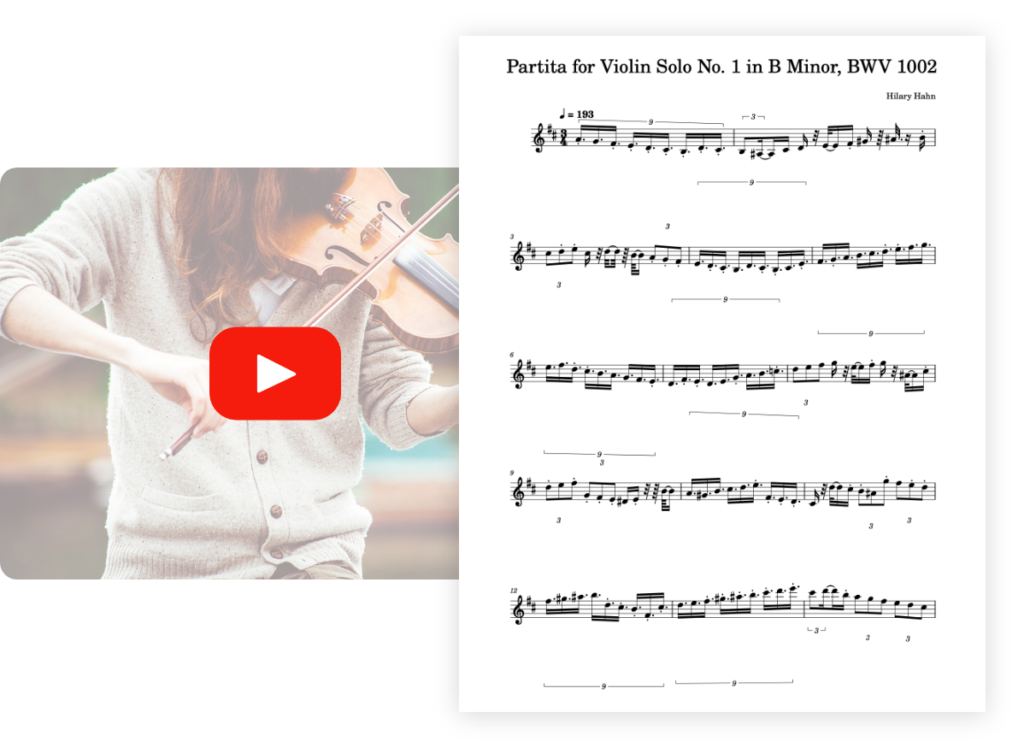
Optimized for: solo saxophone 🎷

Transcribe your saxophone pieces into sheet music with unrivaled precision.

Optimized for : solo flute 🪈

Transcribe your flute pieces into sheet music with unrivaled precision.
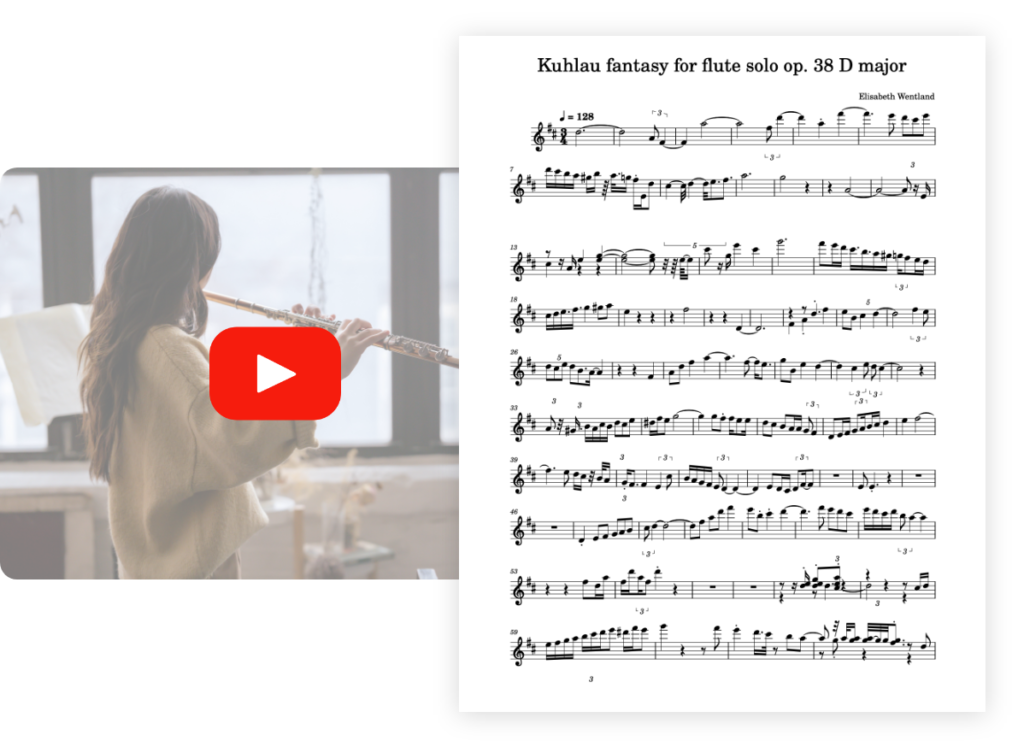
Optimized for : solo bass 🪕

Transcribe your bass pieces into sheet music with unrivaled precision.
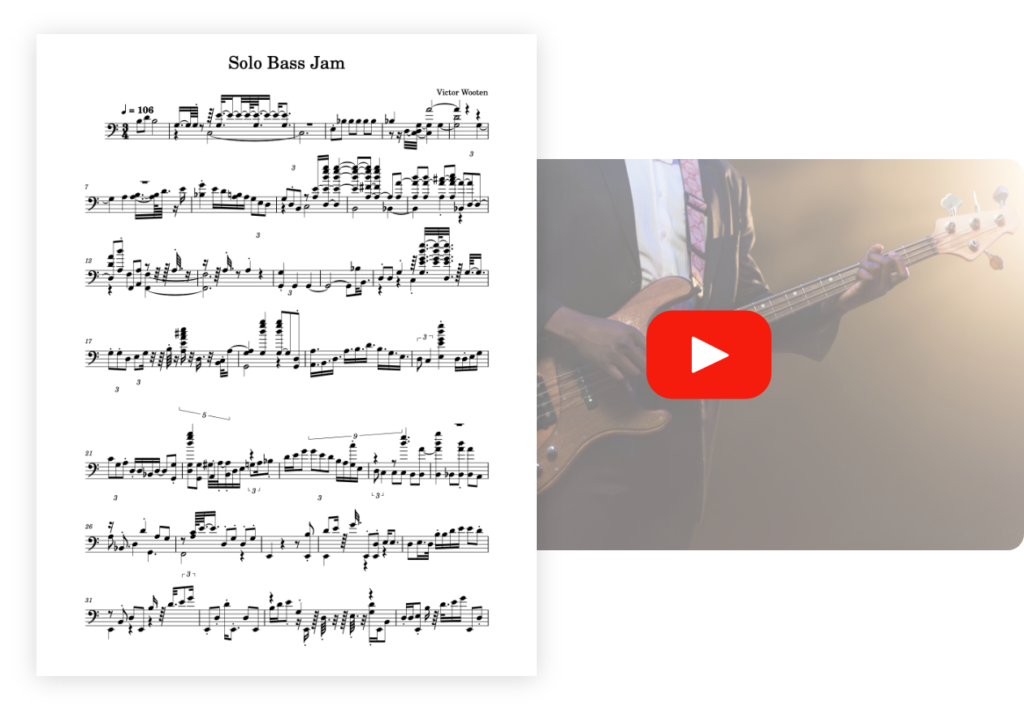
PianoGo lets you learn to play over 3,000 songs easily on the piano.
